P.L. Robertson – inventor, industrialist and Milton’s favourite son
Published October 30, 2023 at 11:55 am
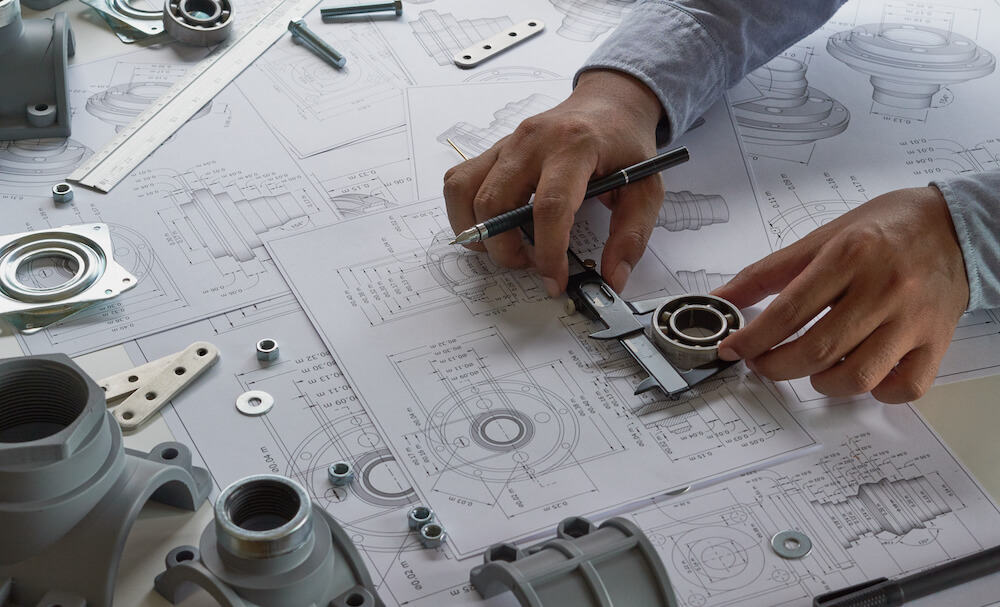
Governments, large and small, have been providing incentives for companies to invest for millennia and while the practice is seen as a bit screwy by some, the Town of Milton can look back on a decision it made in 1908 to lend $10,000 to a young entrepreneur as one of the best choices the municipality has ever made.
The entrepreneur, Haldimand-born Peter Lymburner ‘P.L.’ Robertson, used that money – worth nearly $350,000 in today’s dollars – to open a manufacturing plant at 97 Bronte Street to make the revolutionary square-head screws and socket drives that bear his name and remain today one of the most popular fasteners in the world.
The square-head socket drive had been conceived before – the first patent was issued in New York City in 1875 – but no one had figured out a way to produce them commercially until Robertson came up with a process to punch square holes into cold metal, giving rise to a no-slip screw used in dozens of applications around the world and one of the most famous Canadian inventions of the 20th century.
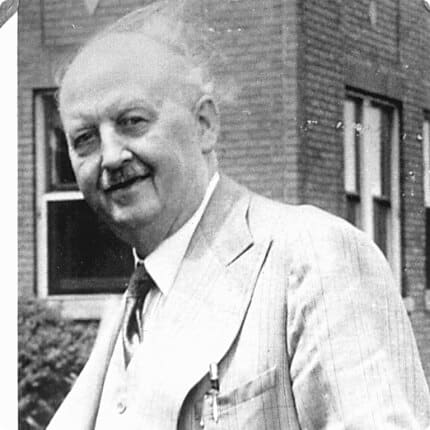
P.L. Robertson
The ‘no slip’ aspect of the Robertson screw was at the heart of the invention after its inventor cut his hand demonstrating a standard straight screwdriver to clients while working as a salesman for the North Brothers tool company of Philadelphia. The mishap prompted Robertson to design a different drive for screws that wouldn’t slip.
Robertson opened his first plant in Hamilton in 1907 and moved to Milton a year later to start making the screws on a large scale, taking advantage of the loan, reduced water rates, direct road access to the factory, a sewage disposal system and a railway siding.
Robertson received his patent for his creation on February 2, 1909: Patent #116463.
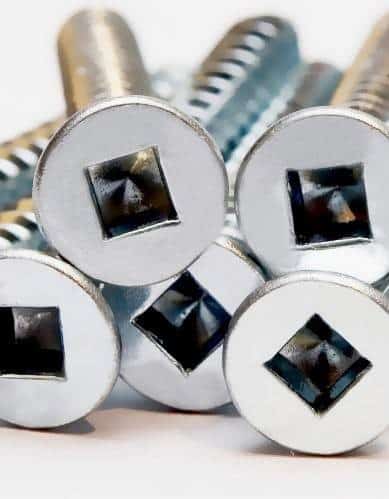
One of his first major clients was Henry Ford, with Roberston screws – more than 700 of them – used by the Fisher Body company, which made the car bodies for Ford’s iconic Model T being manufactured in Windsor.
The man behind the automotive assembly line found Robertson screws saved him about two hours of labour per car and Ford, always looking to make an extra buck, tried to pressure Roberston into selling him excusive rights to the screw. Roberston declined and Ford moved on to a screw invented by Henry Phillips while issuing an edict that Robertson screws be used only in his Canadian operations.
Roberston and his screws thrived anyway despite the subsequent limited popularity in the U.S. and are used around the world because they are easy to use one-handed, the tapered socket will stay in place even if jostled and the screws can be easily removed if old and rusty or painted over.
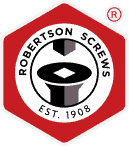
The screws and socket drives now include the original square-head and five other varieties from the ‘Scrulox 8’ to the indented hex washer, and 10 styles of fasteners for use in construction, woodworking and cabinetry, metal framing, drywall and steel work. The company’s products are especially popular in decking.
They are also considered the gold standard (one of Robertson’s favourite commodities) in many manufacturing operations as they speed up production and reduce product damage.
(Speaking of gold, Robertson’s father left his family shortly after P.L.’s birth to join the gold rush out west. He died there in 1886.)
The simple invention – his patent stood until 1974 – made the farm boy from Haldimand a millionaire industrialist, philanthropist, author – he wrote a book called The World Reorganization or Downfall and the Remedy in 1932, with his plan to cure the global depression – and was the Town of Milton’s biggest employer for generations.
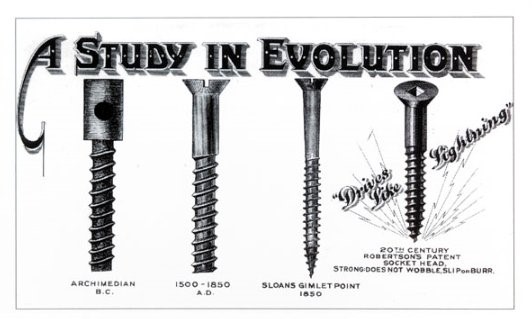
Every kid growing up in Milton tried to get a job at the plant until most of the manufacturing operations moved to Jiaxing, China in 2001. The head office remained in Milton for many years before moving down the road to Burlington.
The company has also changed hands a few times. It was acquired by Procur in 1968 and merged with Whitehouse Fastening three years later to become Robertson Whithouse before becoming part of the Marmon Group of companies in 2017.
P.L. Robertson died from complications related to chronic alcoholism and diabetes on September 28, 1951. Since then, the Milton Historical Society and the company collaborated to set up two plaques honouring Milton’s most famous son, one at the original plant site on Bronte Street and another near Robertson’s former home where he lived for 35 years.
He was inducted into Milton’s Walk of Fame in 2007 and the Halton District School Board opened the P.L. Robertson elementary school in 2009.
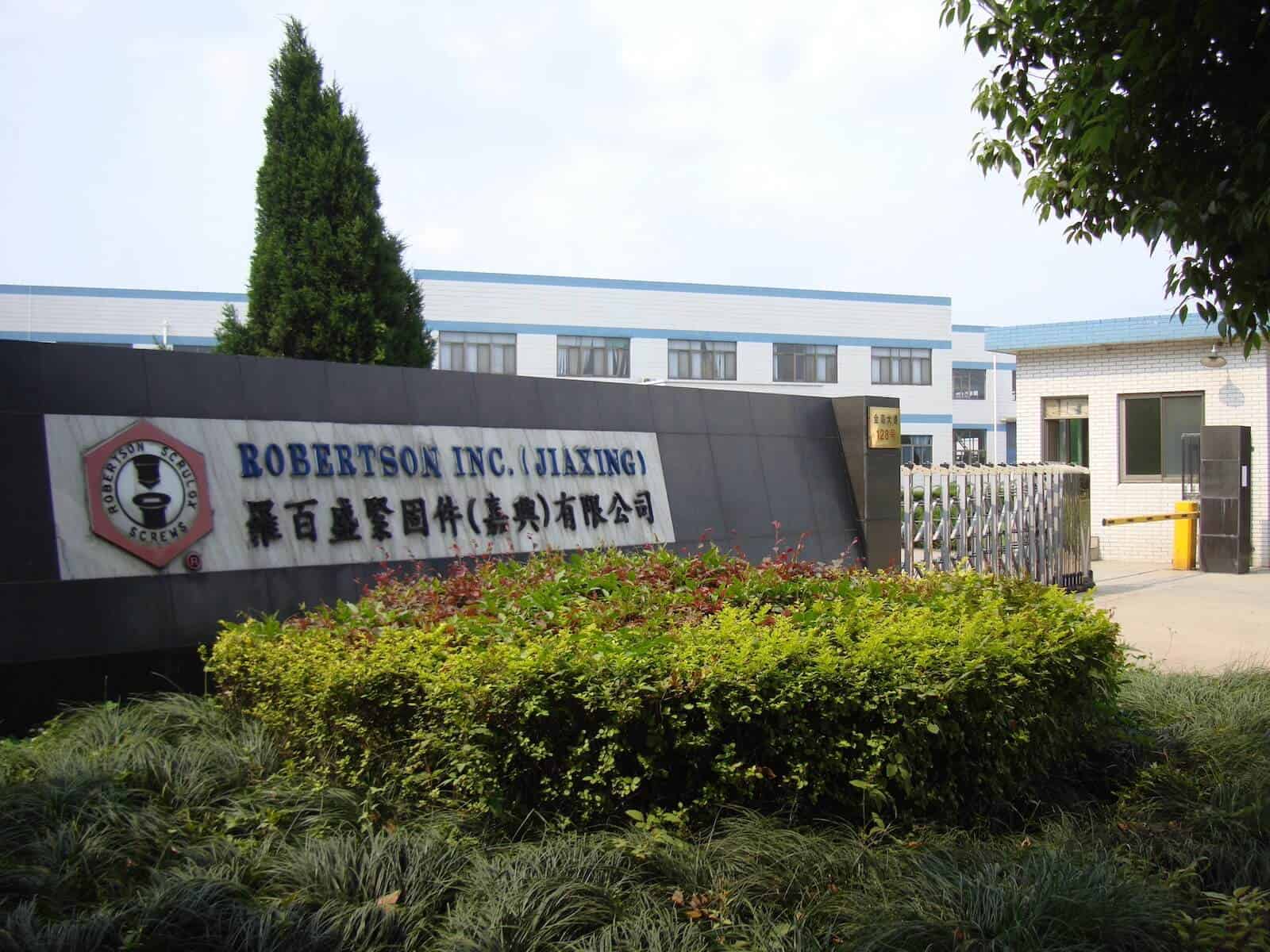
The Robertson manufacturing plant in China
Robertson is also a member of the Canadian Hardware and Housewares Manufacturers Association Industry Hall of Fame (2001) and the Canadian Manufacturing Hall of Fame (2008).
The subject of numerous documentaries, such as the Ode to the Robertson Screwdriver, which aired on the History Channel in 2002, and Ken Lamb’s book for the Milton Historical Society – P.L. Roberston: the Inventor of the Robertson Screw – which details his life and times, including his efforts to become an industrial powerhouse in England, his battles with Hamilton’s Steel Company of Canada (now Stelco) and his secret relationship with his housekeeper, Margaret, an affair that produced a daughter, Robertson’s only child.
P.L. Robertson is buried at Evergreen Cemetery in Milton.
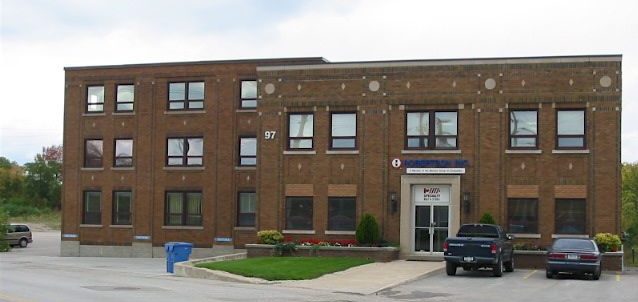
The original Robertson plant at 97 Bronte Road in Milton
inhalton's Editorial Standards and Policies advertising





